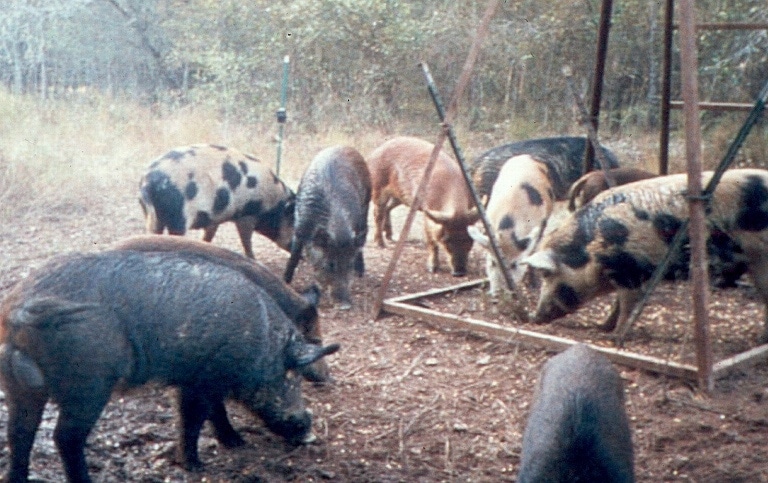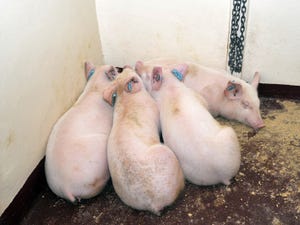Feral Hogs Causing Problems in More States
August 5, 2014

Feral hogs are causing big problems in Ohio, mainly in the state’s southeastern corner.
Marne Titchenell, wildlife specialist in Ohio State University's College of Food, Agricultural, and Environmental Sciences, says feral hogs are adaptable and very destructive. In addition to eating and trampling crops, feral hogs have been known to spread some 30 diseases and 37 parasites to livestock, pets and humans. Two of those diseases ‑ swine brucellosis and pseudorabies ‑ are of special concern.
Titchenell has co-authored the recently published Ohio State University (OSU) Extension fact sheet “Feral Swine in Ohio: Managing Damage and Conflicts.” Feral hogs can also root up lawns and forest plants, and, by their wallowing, can make soils erode and streams turn muddy. Titchenell, who works in the college's School of Environment and Natural Resources, says they can also outcompete native wildlife for food.
Feral hogs in Ohio and elsewhere in the United States have either escaped from farms or hunting preserves, or people released them illegally for hunting. Feral hogs are already widespread in the southeastern U.S. and parts of the West, according to a University of Georgia report. They cost the United States $1.5 billion a year in damage and control costs, the OSU Extension fact sheet says.
Two agencies ‑ Wildlife Services, part of the U.S. Department of Agriculture's Animal and Plant Health Inspection Service, and the Ohio Department of Natural Resources’ Division of Wildlife ‑ are working to reduce feral swine numbers through trapping or shooting. Goals include cutting dollar losses from the pigs’ damage and protecting biodiversity.
Log on to www.aphis.usda.gov/wps/portal/aphis/ourfocus/wildlifedamage for more information on the USDA APHIS approach to handling/controlling damage from wildlife, including feral hogs.
The OSU fact sheet is free online at go.osu.edu/j6q.
You May Also Like



